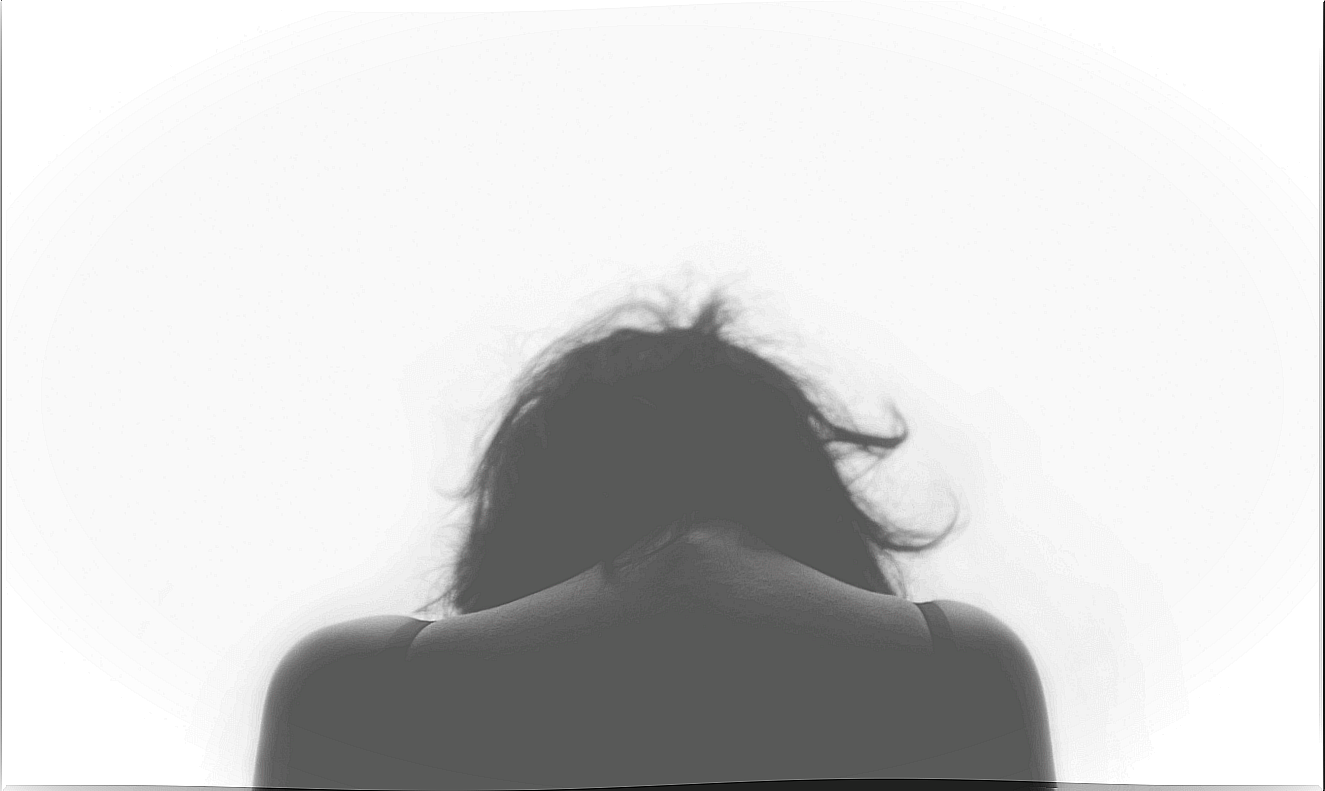Behavioral Activation: A Help To Get Out Of Depression

Suddenly something bad happens and sadness begins to settle in your life. You feel bad, very bad. Everything causes you such pain that you don’t want to do anything. And you don’t. You lie on your bed to watch life go by. There comes a time when it’s not that you don’t want to move, it’s that you just can’t.
And you get used to that lack of activity. It seems to make you feel better. You convince yourself that leaving the house would increase the discomfort. Because disappearing has not disappeared, but it seems that by not moving it has stabilized and is even bearable… No! React, regain the controls of your life and start to feel better! There is a long way to go, but we have to take the first step … Behavioral activation can help us, will you walk with me?
The need to treat depression
Although these issues are not usually discussed, the reality is that 13% of diseases worldwide are mental. Due to its high prevalence and associated risks, such as suicide, depression is one of the most important conditions. Not only is it the main and most frequent reason for consultation in primary care, but it is also the most disabling health problem since depression has the power to weaken our entire body.

The prevalence of this type of disease exceeds the rates of different physical diseases, such as cancer and cardiovascular problems. In addition, the number of these types of disorders is expected to be considerably higher by 2020 if prevention and treatment strategies, such as behavioral activation, are not put in place.
In addition to the fact that a considerable number of people suffer it, it entails a series of costs for patients, both on a personal, social and economic level. On the other hand, it is usually associated with other diseases, both physical and mental. Finally, it is a disorder that usually becomes chronic if it is not treated or is done wrong, making everything discussed worse.
Why should behavioral activation be encouraged in depression?
Behavioral activation is a tool to overcome depression that focuses on the behaviors carried out by depressed people. Thus, the application of this therapeutic instrument starts from the analysis of what people with this diagnosis do. When we analyze this, what we find is that depressed people do few activities and as the depression progresses the number decreases more.
That is, when we are depressed we reduce our activity rate: we refuse to participate in new projects when the ones we have already started are finished and we even abandon some. The behavioral activation in these avoidance or abandonment. What this technique tries to achieve is that the person progressively increases the things they do.
But you need to keep something in mind. It is not about doing things to do. The “crux” of the matter is to do more of the activities that are relevant to the person with depression. It can involve many tasks, from reading, playing sports, making friends again, dancing to traveling or having a picnic at our favorite place. All this must be little by little. Thus, it is about rebuilding our life even if we are bad in order to be able to be good again.

Benefits of behavioral activation
Behavioral activation has been studied extensively, so that the benefits it provides in relation to the treatment of depression have been delimited. The most important thing is that it is presented as an alternative or complementary technique to treatment with psychotropic drugs, increasing the positive impact of the treatment, shortening the recovery period and reducing side effects.
Specifically, behavioral activation has been shown to be at least as effective as the use of psychotropic drugs in the management of depression. But not only that, it has a clear advantage over drugs: it does not have the side effects that drug treatment does.
Behavioral activation is a technique that has been proven effective in treating this health problem. This does not mean that it should be implemented in isolation in the therapeutic process. On the contrary, it is one more tool to take into account to recover our health and well-being and that must always be designed, guided and controlled by a professional.
Images courtesy of Frank Marino, Volkan Olmez, and Austin Schmid.









